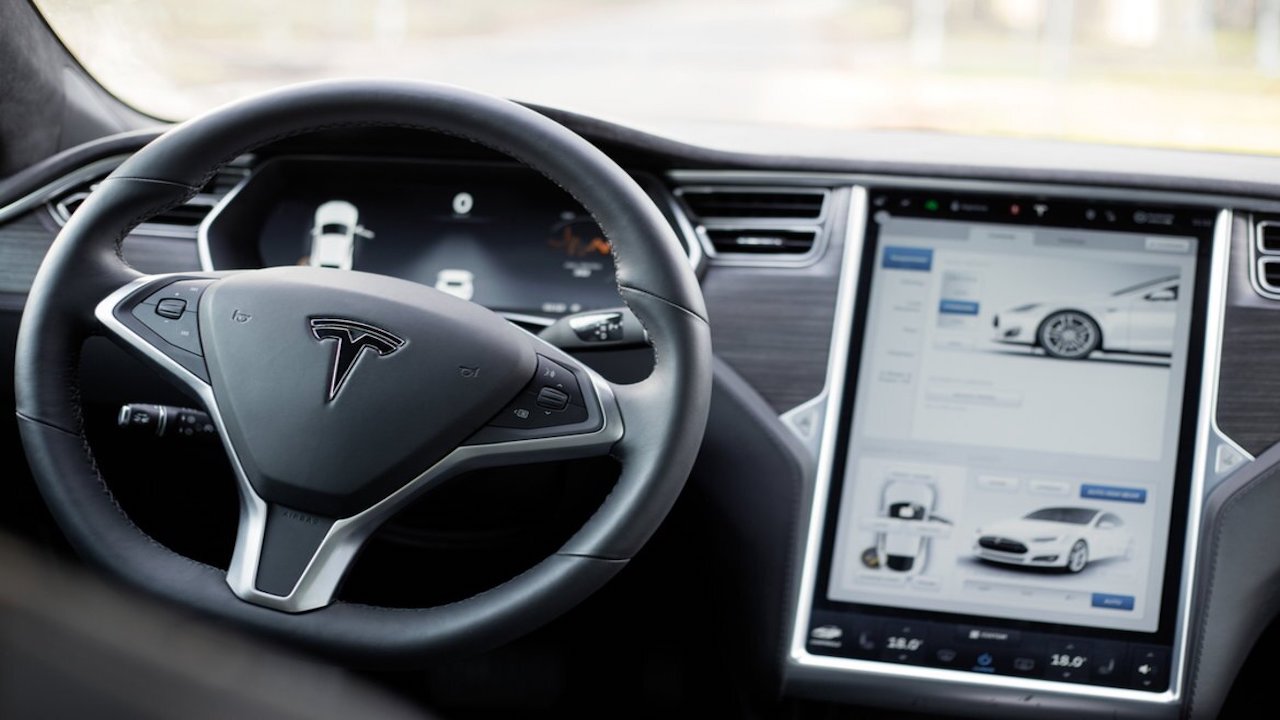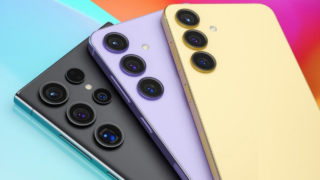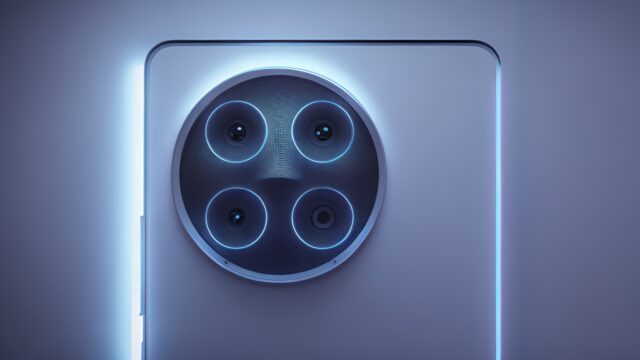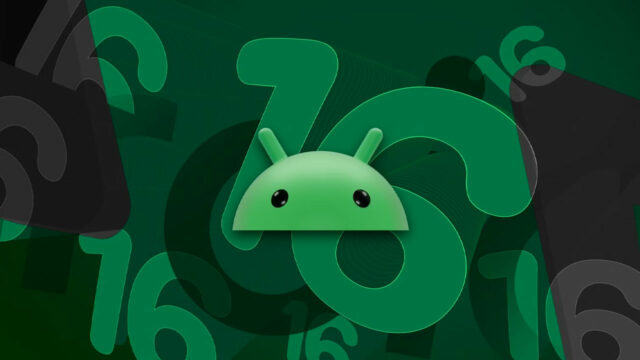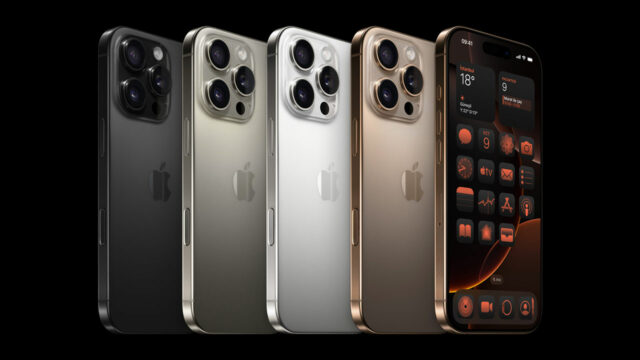Tesla recently emerged victorious in a lawsuit involving a Los Angeles resident who claimed the company’s autopilot feature was responsible for her car accident, saving the electric car manufacturer from paying $3 million in damages.
A closer look at the case
The plaintiff, Justine Hsu, experienced an accident four years ago when her Tesla Model S, with the autopilot feature enabled, crashed into the curb of a dividing lane. Hsu argued that the car made an unexpected maneuver, leading to the collision.
The impact of the crash deployed the airbag, which subsequently broke Hsu’s jaw, knocked out several teeth, and damaged her left nerve. Consequently, she demanded $3 million in damages from Tesla.
Tesla’s defense and official recommendations
Tesla’s legal team defended the company, stating that the car’s autopilot system was not designed to replace the driver’s attention or responsibility. Tesla explicitly advises against using the autopilot feature while driving on city streets, where traffic conditions are more complex and unpredictable. The company also cautions that the system necessitates the driver’s attention and does not function as a self-driving feature.
In addition, Tesla’s official guidelines instruct drivers to keep their hands on the wheel and remain alert while using the autopilot system. This recommendation aims to ensure that the driver can take over control of the vehicle if necessary.
Jury verdict and implications
Ultimately, the jury determined that Tesla’s software was not at fault for the accident. It was also noted that the airbag had deployed correctly during the crash. This legal victory highlights the importance of following manufacturer guidelines and understanding the limitations of driver assistance technologies.
The outcome of this case may set a precedent for similar lawsuits in the future, emphasizing the need for drivers to remain attentive and responsible while using advanced vehicle features like Tesla’s autopilot system.


